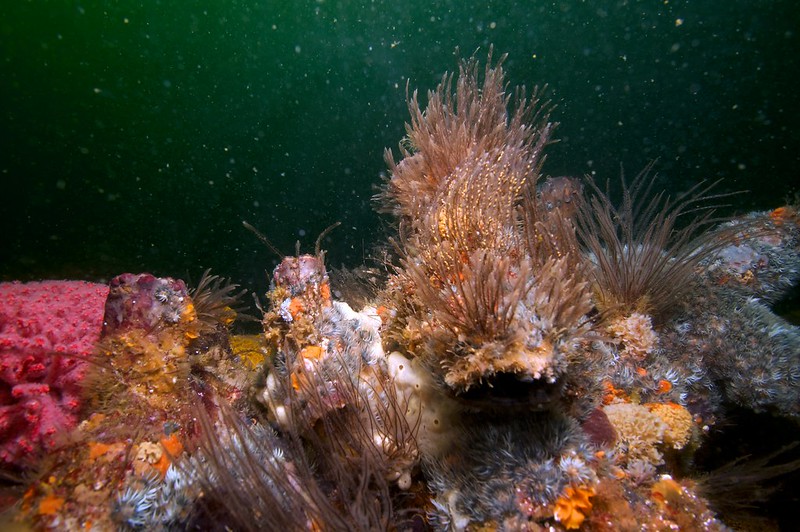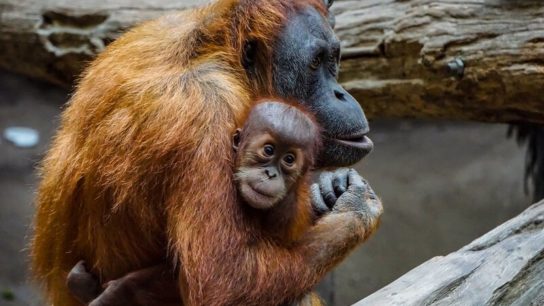Scientists with the Wildlife Conservation Society have discovered a refuge for coral reefs and marine life off the coast of East Africa, where species are thriving despite the warming temperatures plaguing the ocean and its inhabitants.
—
What is Happening?
- Thousands of years ago, glacial runoff from Mount Kilimanjaro formed a basin off the coast of Kenya and Tanzania, which would eventually become the refuge recently discovered. The cool waters of this area in East Africa appears to protect the coral reefs from episodic warming events like El Niño.
- The refuge stretches from Shimoni, Kenya, to Dar es Salaam in Tanzania.
- The refuge is teeming with marine life, including spinner dolphins, rare dugongs and coelacanths, a prehistoric fish once thought to be extinct.
You might also like: Scientists Discover New Whale Species in Mexico
Described in Advances in Marine Biology, study author and lead WCS coral scientist, Dr Tim McClanahan- who has been looking for coral sanctuaries in the west Indian Ocean for more than a decade- says, “This area off the coast of Tanzania and Kenya is a small but vibrant basin of marine biodiversity. Our study shows that while warming waters may devastate surrounding reefs, this area could become an incredibly important sanctuary where marine species big and small will flock to find refuge from climate change. If well protected, this key transboundary marine ecosystem will remain a jewel of biodiversity for the entire East African coast.”
- While McClanahan did not immediately understand why there was so much life in this spot, he now believes it is because of Kilimanjaro.
- McClanahan installed temperature gauges along the coast that he could monitor by satellite. Once a warming event occurred and the temperatures began to rise, he entered the water to observe how the corals were impacted, and found that they were preserved. He says to the Guardian, “there is a long stretch from Kenyan waters into Dar Es Salaam where these warm water events like El Niño don’t penetrate. So the stress killing corals does not penetrate. Outside that area, the corals are bleached and dying. But inside the area of around 400 sq km they retain their colour and their health. They are reds and brown. My research partner likes to call them: ‘happy corals’.”
- According to an Assessment of Climate Change over the Indian Region, the sea surface temperatures of the Indian Ocean have risen about one degree Celsius on average between 1950 and 2015. Additionally, the ocean has experienced greater and more frequent marine heatwaves. Therefore, the cooler waters off of Kenya and Tanzania could provide an increasingly vital habitat for threatened species like sharks and rays.
- However, the team points out that this sanctuary will only remain one if external threats are managed. For example, Tanzania is planning a new port in the north to serve as a new oil pipeline, while dynamite fishing is a common practice that kills massive amounts of fish in one go and also destroys coral.
- Part of McClanahan’s research is also concerned with fisheries and how their sustainable management could mitigate the effects of global heating in the ocean.
- Marine biologists continue to search the ocean to find and protect these kinds of refuges- areas where coral reefs have the best chance of surviving climate change. McClanahan says that he has found three potential coral sanctuaries in the western Indian Ocean, but only for this one is the available scientific evidence “pretty strong.”
Featured image by: Flickr

















